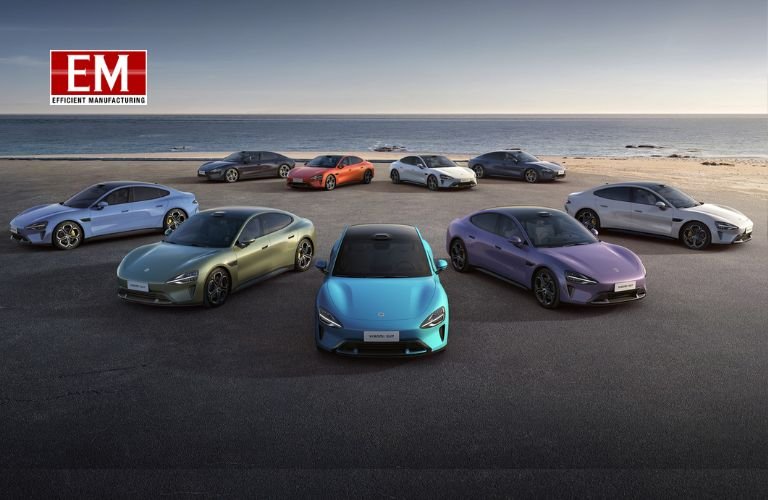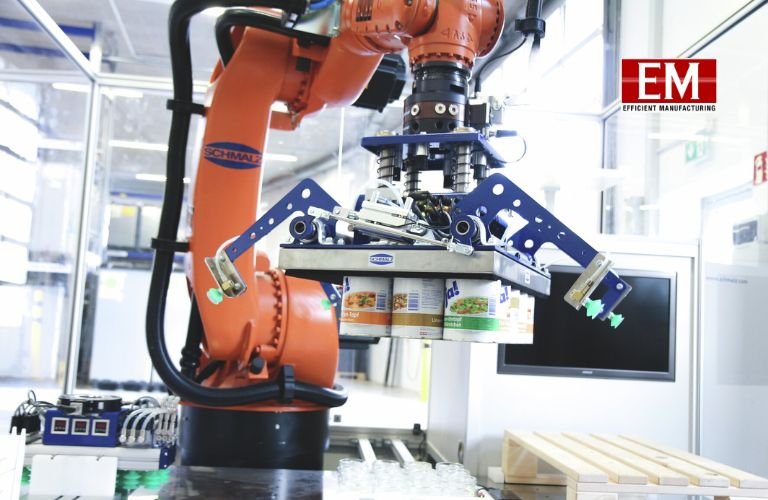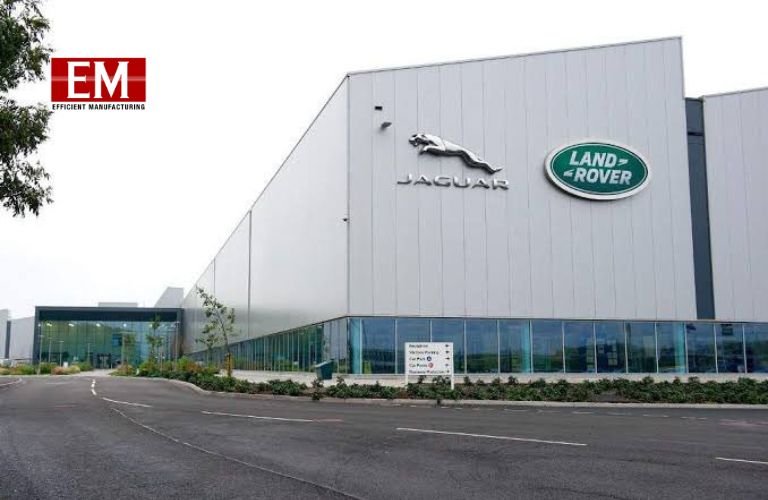In this compelling piece, Kartik Narayan, CEO at TeamLease Staffing, highlights how women are transforming India’s manufacturing sector—bringing precision, innovation, and resilience to the shop floor. Their rise signals not just inclusion, but a strategic economic shift for the nation.
Shakespeare’s famed line, “All the world’s a stage,” finds new meaning as women are taking centre stage in India’s manufacturing sector. Historically dominated by male participation, the manufacturing environment is fundamentally shifting. The landscape is evolving as women enter production floors and assembly lines, bringing a new era of precision, resilience, and innovation. This development relates more to economic influence than to equality. It’s about boosting productivity, driving innovation, and securing India’s manufacturing future in an age of rapid digitalisation and global competition.
Looking back at the Women and Men in India 2023 report, we see a clear pattern of gendered labour distribution across urban and rural sectors. In urban areas, manufacturing is a significant employer of women, accounting for 23.9% of the female workforce, surpassing the corresponding male participation rate of 20.5%. On the contrary, men dominate the trade, hospitality, and restaurant sector, with a 26.5% representation against 15.2% of women. Rural labour dynamics exhibit a different pattern, where agriculture is the primary occupation for women, employing 76.2% of the female workforce, while males, though also heavily involved in agriculture at 49.1%, exhibit a more diversified sectoral distribution. These data highlight the continued gender-specific labour market segmentation, reflecting regional economic disparities and socio-cultural influences on occupational choices.
Beyond Tokenism
What do Japanese artisans, Zen philosophy, and women have in common? Precision and meticulous attention to detail. Gender-diverse teams have been consistently linked to higher efficiency and enhanced problem-solving capabilities. Research from the International Labour Organization (ILO) supports this: Indian manufacturing companies with a well-balanced gender mix highlight a 15-20% increase in operational efficiency. Women’s attention to detail in quality control roles often results in fewer defects and higher customer satisfaction. Women have become indispensable in pharmaceuticals and food processing sectors, where precision is non-negotiable.
Even electronics, automotive, electric vehicle (EV), and phone manufacturing are all undergoing a quiet revolution, with companies hiring women en masse for assembly line and precision-based roles, recognising their dexterity and focus. High-value manufacturing calls for high-productivity contributors, and women are positioned to lead this change. Home to major industrial hubs, Tamil Nadu, Karnataka, and Maharashtra are progressively raising women’s employment. Over 35% of workers in the textile and apparel sectors are women; electronics manufacturing hires them for assembly lines. This diversity enhances workforce resilience and productivity.
Skills are Shifting
Demand for manufacturing roles is rising rapidly. In the blue-collar/grey-collar segment, assembly line workers, logistics personnel, CNC operators, and machine operators are increasingly sought after. Meanwhile, in the white-collar segment, production supervisors, quality control inspectors, supply chain managers, and sales executives/consultants remain in high demand. Manufacturing is no longer just about brute force—it’s about precision, problem-solving, and adaptability. These evolving workforce dynamics open doors for women, who are steadily making inroads into heavy industries. This shift is challenging the long-held notion of manufacturing as a “male domain,” inspiring more young women to pursue vocational courses in engineering and technology.
Despite the growing demand, industries face a persistent challenge—a shortage of skilled labour. The root cause? A skills mismatch. India’s vast young workforce holds immense potential to bridge this gap, but the question remains: Are our skilling initiatives agile enough to meet the evolving needs of the manufacturing sector? The challenge stems from inadequate training and “regulatory cholesterol”—a complex web of regulations stifling industrial growth. Large firms, weighed down by compliance pressures, hesitate to scale up hiring, while smaller firms struggle to invest in structured training programs. However, forward-thinking industries are stepping up to address this gap, reshaping the future of manufacturing through targeted skilling initiatives.
A Policy-Backed Push
The Make in India initiative aims to boost manufacturing’s GDP share to 25% by 2025, with women as a key driver of this transformation. Currently contributing 17-18% to the economy, India’s manufacturing sector is poised for exponential growth, powered by Industry 4.0 and strategic reforms. To accelerate women’s participation, subsidies and incentives encourage firms to hire more women, while the Equal Remuneration Act mandates equal pay. However, compliance remains uneven—large enterprises largely adhere, but SMEs, the backbone of manufacturing, struggle with enforcement. The issue isn’t policy but implementation.
Workplace safety and inclusivity remain critical. The Sexual Harassment of Women at Workplace Act (2013) mandates Internal Complaints Committees, yet many SMEs lack robust enforcement. Progressive firms are setting benchmarks with secure hostels, CCTV-monitored facilities, and night shift accommodations. However, more profound barriers persist—poor sanitation, long commutes, and family resistance deter women’s entry. Resource constraints prevent SMEs from addressing these needs. For India to industrialise inclusively, it must integrate women as an economic force, investing in gender-responsive infrastructure, not just compliance. Without this, the “best-laid plans of mice and men” will go awry.
From Households to the $5 Trillion Vision
The impact of women’s growing participation in manufacturing extends far beyond factory gates. Many hail from lower-income backgrounds, particularly in industrial clusters like Surat and Noida. Their earnings—averaging ₹10,000-15,000 per month in entry-level roles—are not just wages; they are levers of socioeconomic mobility. These incomes translate into better education for their children, improved healthcare for their families, and a broader, more resilient consumer base. If India aspires to become a $5 trillion economy by 2025-26 and $7 trillion by 2030, manufacturing must fire on all cylinders. Data from the Periodic Labour Force Survey (PLFS) for July 2023 to June 2024 indicates that the Labour Force Participation Rate (LFPR) for individuals aged 15 and above stands at 60%, with a notable gender gap: 78.8% for males and 41.7% for females, the nation stands at a demographic inflection point.
Women in manufacturing are not a peripheral narrative; they are central to India’s economic blueprint. As Industry 4.0 redefines the shop floor, gender no longer dictates capability. The challenge now is twofold: dismantling entrenched biases and equipping women with the skills to thrive in high-tech industrial roles. The future of Indian manufacturing does not rest on machines alone—it rests on who operates them. The rise of women in this space is not just a story of inclusion; it is the story of an industry and a nation stepping into its full potential. The only question remains: will the system rise to meet them halfway?








